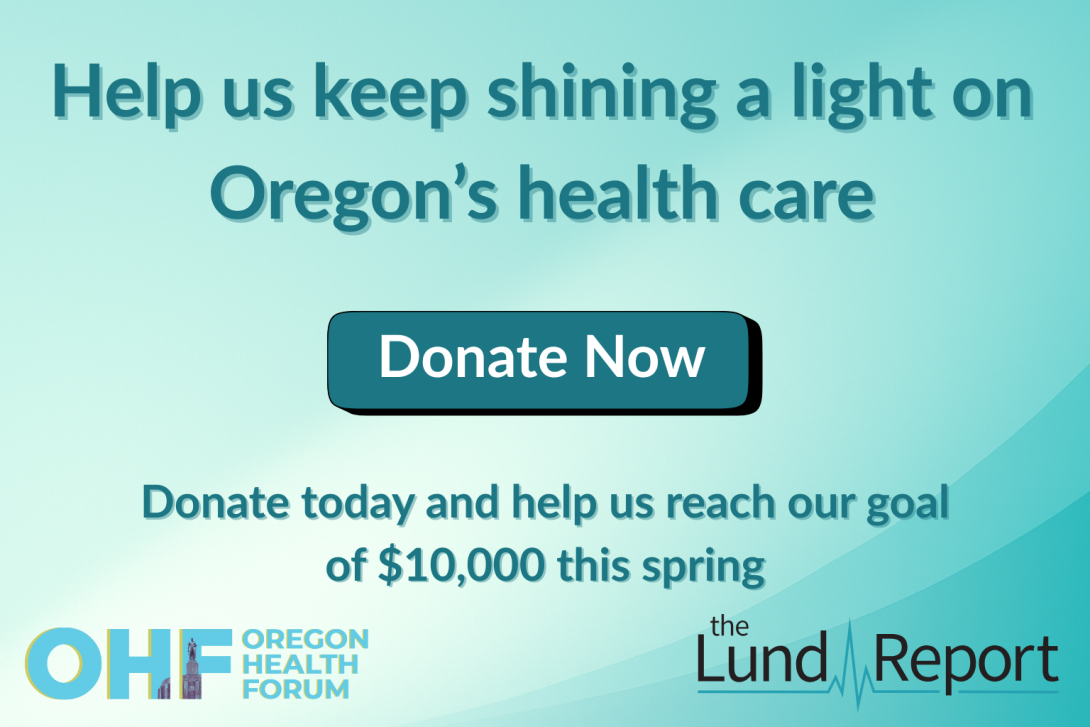Portland, OR (November 17, 2016)—The Oregon Oral Health Coalition released the 2016 Progress Report on the Strategic Plan for Oral Health in Oregon at their 11th annual conference today in Portland. The Progress Report was sponsored by the Oral Health Funders Collaborative of Oregon and Southwest Washington and produced in partnership with the Oregon Health Authority.
This biennial progress report assesses the current state of oral health improvement. It is based on input and expertise from stakeholders representing a wide variety of public and private organizations across our state.
Dental disease is one of Oregon’s most pressing public health problems and one of the seven priorities listed in the State Health Improvement Plan. As Dr. Weston Heringer, Jr. of The Dental Foundation of Oregon recently reported, “We have as much dental disease in Oregon as there is anywhere else in the world.” In particular, Oregon has one of the country’s highest rates of childhood dental disease, which is the most common chronic disease affecting school-aged U.S. children, according to the Centers for Disease Control and Prevention.
The report finds that statewide health system transformation and national health reform have done much to increase access to oral health care in Oregon. Key accomplishments include the following:
- Oregon now has a state dental director, which has led to a new era of cross-divisional collaboration on oral health.
- Legislative actions have improved dental access for Oregonians of all ages.
- Coordinated care organizations (CCOs) are beginning to integrate oral health
- Preventive services for pregnant women have increased substantially
- Preventive services for children have increased statewide, including screening and sealant programs in schools and community settings.
- Workforce capacity is expanding through new models of care in non-dental settings such as schools, Head Start programs and community health clinics.
Despite these advances, too many Oregonians still lack access to timely, affordable and appropriate oral health care and preventive services. Most stakeholders agree on several key opportunities for improvement:
- CCOs and DCOs should take advantage of opportunities to align oral health priorities with state and regional strategic plans
- Reimbursement and payment models should incentivize oral health integration, care coordination and access.
- Community water fluoridation is the most cost-effective method of improving public oral health, and it should be supported through sustained, community-based communication and advocacy.
- Oregon urgently needs to expand models of care for seniors, as well as for individuals with special needs and chronic diseases.
“It’s clear the Strategic Plan is helping policy makers, dental professionals and other advocates share and align priorities to more effectively improve access to dental care and meet the needs of Oregonians. We’re making progress, but still have work to do,” said Eli Schwarz, DDS, MPH, PhD, Professor and Chair of the Department of Community Dentistry at OHSU.
About the Oral Health Funders Collaborative of Oregon and Southwest Washington
The Oral Health Funders Collaborative was formed in 2011 to address oral disease. Thirteen members have pooled resources and coordinated efforts to raise awareness of oral disease and invest in research and infrastructure needed to improve oral health for residents of Oregon and southwest Washington. Members include Cambia Health Foundation, CareOregon Dental, The Ford Family Foundation, Grantmakers of Oregon and Southwest Washington, Kaiser Permanente, Meyer Memorial Trust, Moda Health, Northwest Health Foundation, The Oregon Community Foundation, Oregon Dental Association, Providence Health & Services, Samaritan Health Services, and Washington Dental Service Foundation.
About the Oregon Health Authority
Oregon Health Authority (OHA) is at the forefront of lowering and containing costs, improving quality, and increasing access to health care to improve the lifelong health of Oregonians. OHA is working to fundamentally improve how health care is delivered and paid for. Because poor health is only partially due to lack of medical care, OHA also works to reduce health disparities and to broaden the state’s focus on prevention. OHA’s mission is to help people and communities achieve optimum physical, mental and social well-being through partnerships, prevention and access to quality, affordable health care.
About the Oregon Oral Health Coalition
The Oregon Oral Health Coalition (OrOHC) was formed in 2006 by the State Oral Health Program and a group of health professionals concerned about the state of oral health in Oregon. Its mission is to serve as the central source for advocacy, information and communication about oral health issues in Oregon, and to organize stakeholders’ individual strengths into a collective force for oral health.
